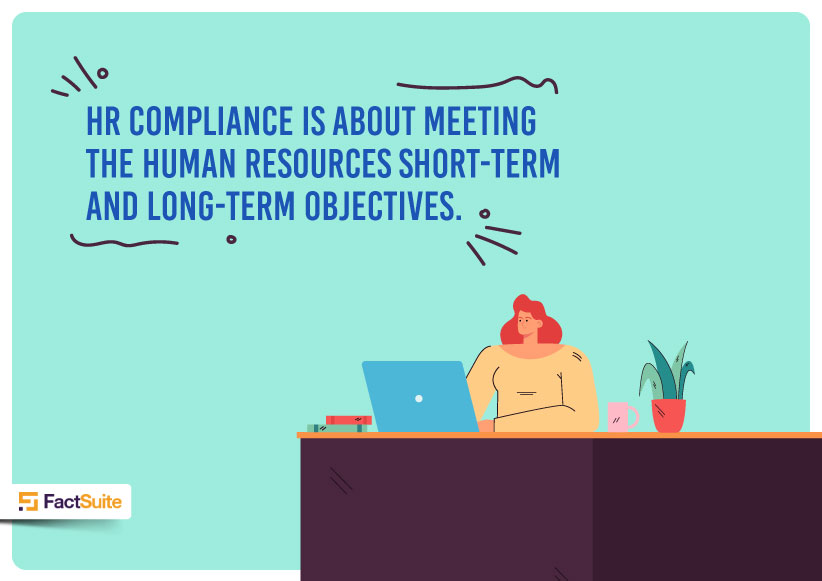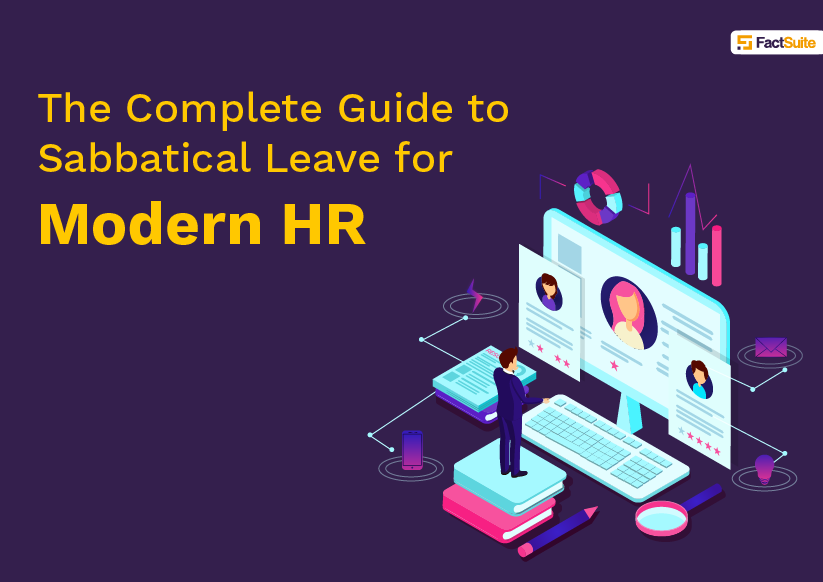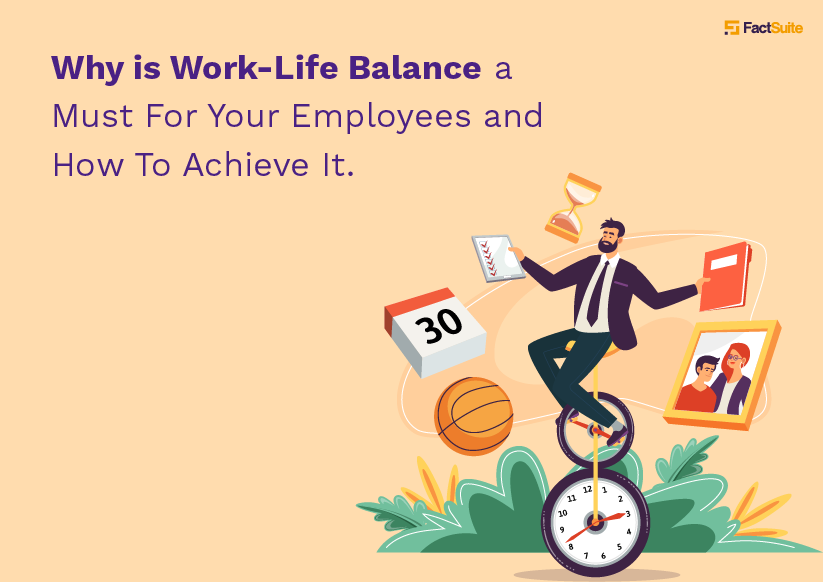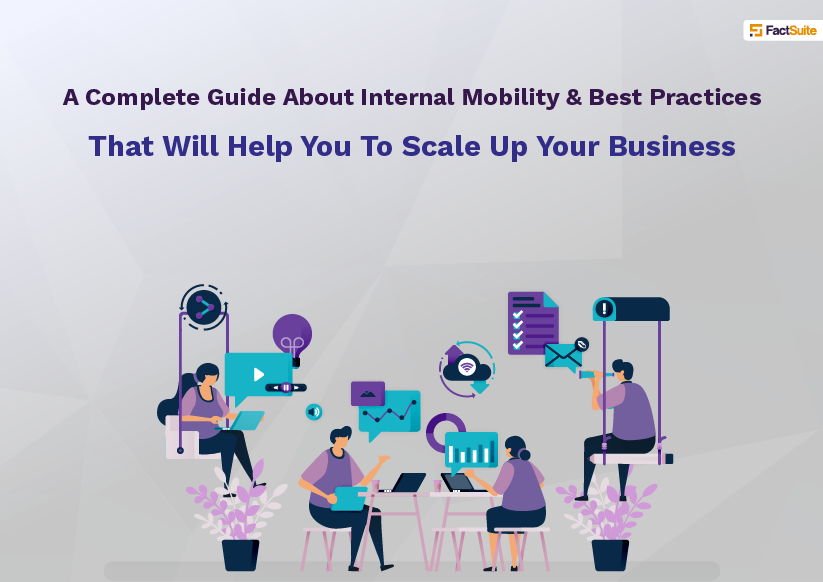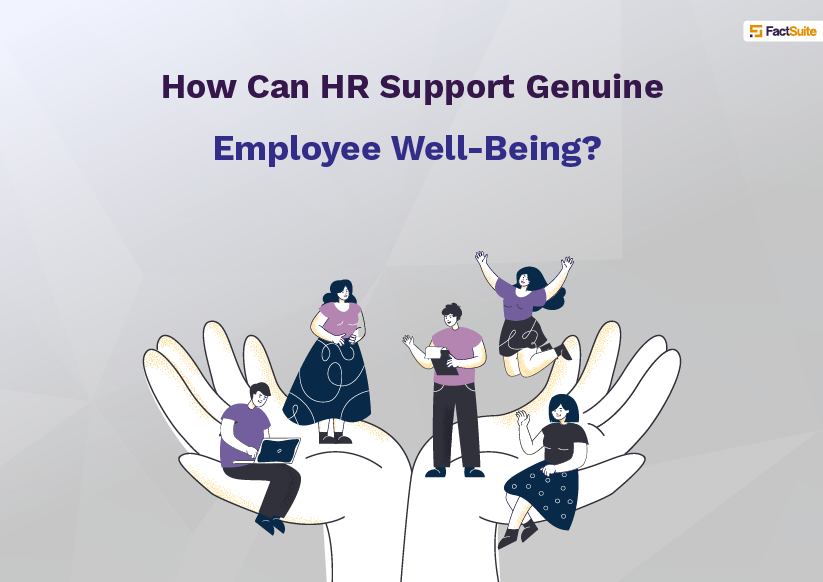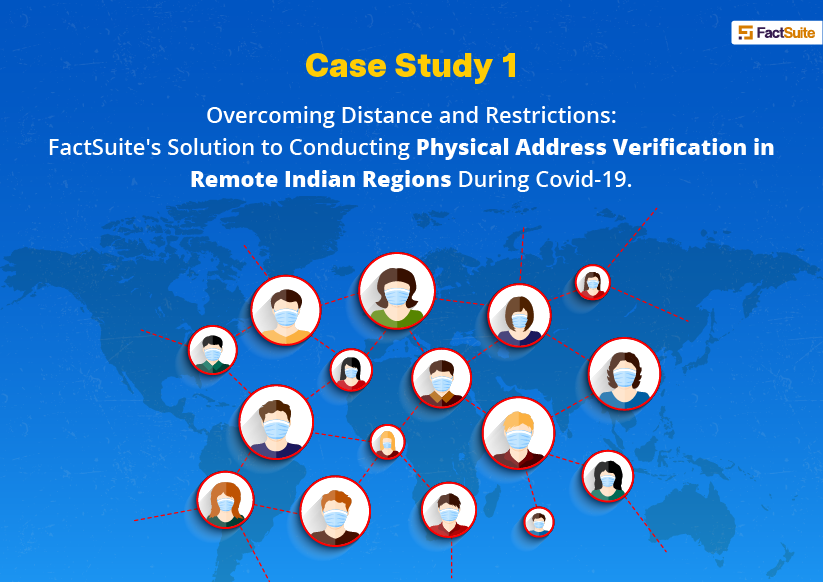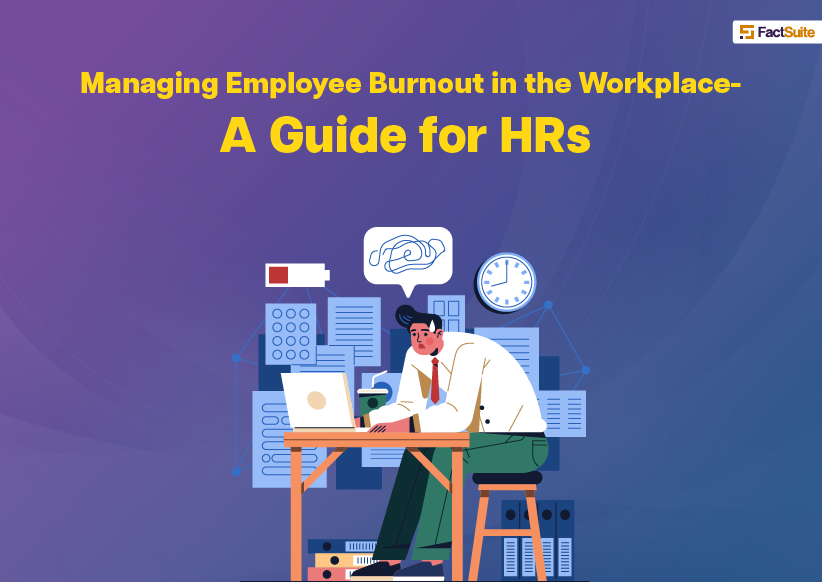Hybrid Work Model - Making it a Success

With the large-scale vaccine rollout, many organizations are wrestling with the transition from work-from-home to office spaces. It can be a little intimidating for the employees to leave the comfort of their homes and go back to the office cubicles. To create a link between this overwhelming dilemma, experts have come up with a hybrid work style where some employees work onsite and others work-from-home and vice-versa. This hybrid model of working has become the doorway to corporates and institutions' reopening plans.
Did you know? Google was the first company to announce a hybrid work style in December 2020 when they featured a pilot working program in which the employees were expected to work three days a week from the office and the rest of the days from home.
A survey by PwC, a global consulting firm stated that in the second quarter of 2021, many HR executives and employees started coping with the hybrid model of working. In fact, in an interview, Mr. Brooke Weddle, a partner at McKinsey & Co. indicated that the hybrid office model could be a permanent situation. In a report by McKinsey, it was specified that 80% of employees enjoyed working from home and 69% of employees were more productive while working from home as compared to an office space.
In research, PwC found out that 68% of HR executives believed that employees should work at least three days a week from the office; however, 55% of employees preferred working from home at least three days a week.
The hybrid work model means flexibility between working from home and office, but this should not be misguided as free-form. Businesses and HR managers across the world need to figure out which employees should come to the office, how often, and on what days. They also need to bridge the communication gap between the in-house employee and on-site employee so that productivity is not undermined.
To help with the smooth transformation of the hybrid office model, we have listed below some tips that will help both employers and employees to create a successful and diverse working environment.
1. To avoid disappointment, it is important to be conscious of your expectations
To prepare for a hybrid office model, it's a good idea to talk with your manager ahead of time if you just heard about it. Now you may find out whether your boss has any ideas or plans for how much work you should be accomplishing and if that will alter based on where you work. You will be able to learn what is expected of you both within and outside of the workplace. For example, are you required to attend all scheduled team meetings in person, or will they continue to be conducted through video conference?
In addition, once you arrive at the organization, you should evaluate the principles and see if there have been any talks about the location of your workstation. Were you planning on returning to your regular weekday schedule? Is it possible to get in without making a reservation, or is it also an option? What time is everyone else leaving? What are your projected working hours, and does your firm give any flexibility in this regard?
With so many unknowns, you'll feel more secure about the change in approach if you know what to anticipate ahead of time.
2. The ability to communicate effectively is crucial
Make a note in your calendar for the days that you will be working from home in addition to the days that you will be working in the office. If all of the members of your team have access to the same calendar, it will be much simpler to keep track of the days on which you will be present in the office and the days on which you will be working remotely. As a consequence of this, every member of the team will have a deeper comprehension of the most effective means by which they may communicate with one another.
Despite the unpredictability of your workdays, this may make it easier for your team to schedule catch-ups and in-person meetings in advance. As a result, everyone will be able to make the most of their time together when they do have the opportunity.
3. Take command of your duties (if you can)
To maintain a balance between on-site and in-house, you must take charge of your duties. You can do so by altering your work schedule and to-do list, in accordance with the environment in which you are currently functioning. It is essential to have a clear understanding of these benefits in advance if one wants to make the most of the opportunities presented by either working in an office or working from home. Find the spot in your office that is the least noisy and has the fewest distractions, and designate that spot as your designated location for concentrating. This could take place in someone's house for some people, while for others it might take place at their place of employment.
Regardless of where you are, you should make it a point to prioritize the activities that need uninterrupted time so that you may do them at various points throughout the week. At your place of employment, you should try to schedule as many face-to-face meetings, meetings, and opportunities for networking as you can.
For people, adaptability is vital in this new era of work since the future of work is always changing. To find out what works best for you, your company, and your job when it comes to a flexible hybrid work model you will need to experiment and adapt to the new working paradigm.
What considerations must be made before the implementation of a hybrid model?
A successful hybrid model adoption requires the efforts of both management and employees. Keep these four points in mind while building and implementing your hybrid work model best practices:
1. Encourage a healthy and long-term work-life balance
When you work from home, it might be tough to tell the difference between business and personal time. In this aspect, a hybrid model of work from home may be beneficial, but it should also encourage people to separate their personal and professional life.
Managers and employees or team members should be able to communicate regardless of distance. It's important to remind your employees to get in contact with you if they're having issues. Employees who have issues with the hybrid model should be encouraged to speak out as soon as possible so that changes may be implemented.
2. Help teams work more efficiently by learning how they work best
Managers are in a better position to make educated judgments about the composition of their teams if they are aware of the capabilities and limitations of their workers. With the use of work insight solutions, managers are able to get insight into the routines of their workers regardless of whether or not those individuals are physically present in the office.
3. Maintaining a realistic view of your job responsibilities
Putting the limits of your employees' capabilities to the test will, in the long run, have a detrimental effect on both the culture of their workplace and their level of production. When you are creating benchmarks and standards for your team, make sure that you keep your expectations under control and that you are as specific as you can be.
Conclusion
The nature of employment will likely evolve in the near future, and as a result, companies with a hybrid work model will need to adjust their policies to provide their workers more flexibility. Nevertheless, it is essential to ensure that productivity and employee engagement are not negatively impacted by remote and hybrid work arrangements.






